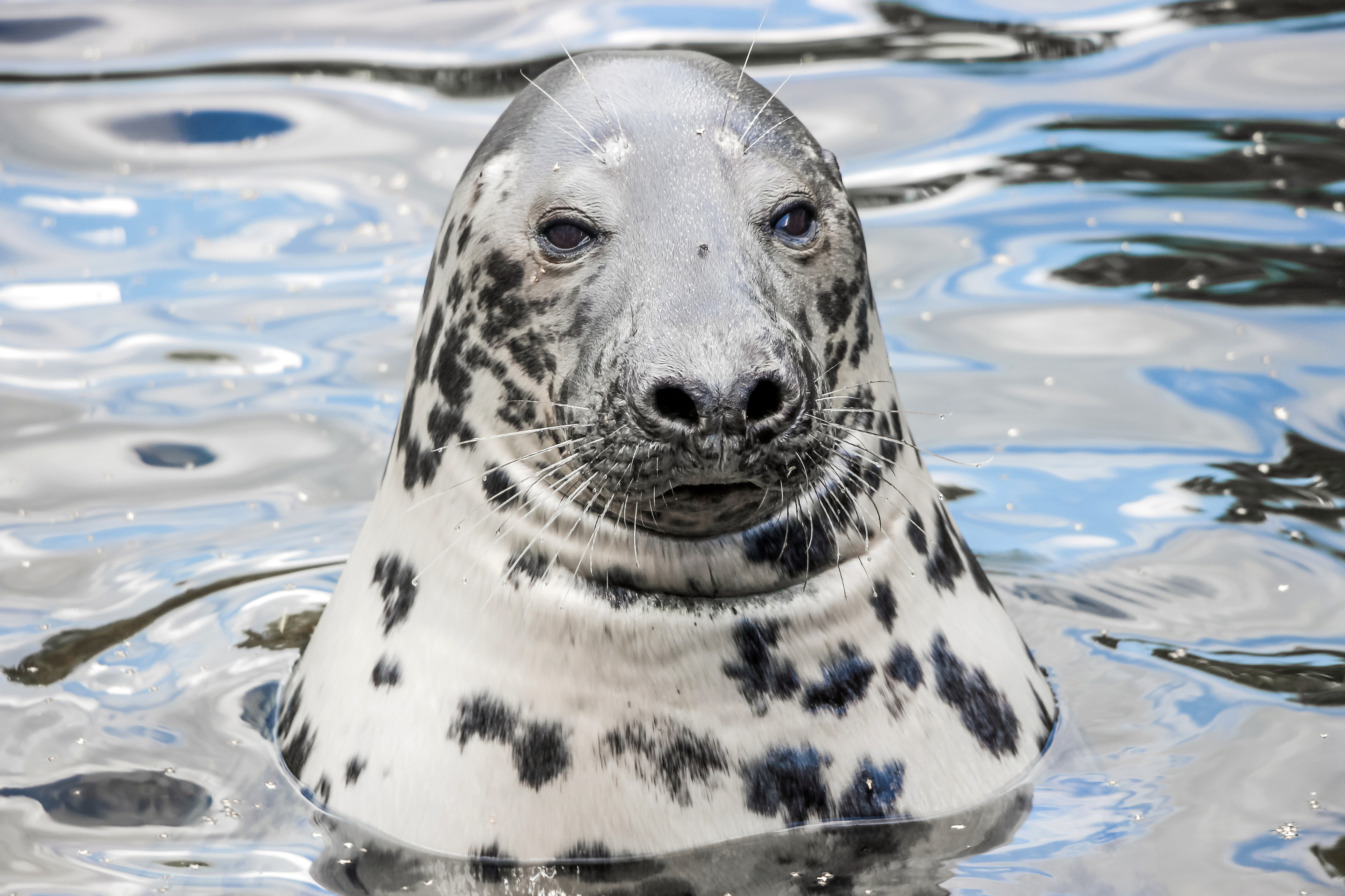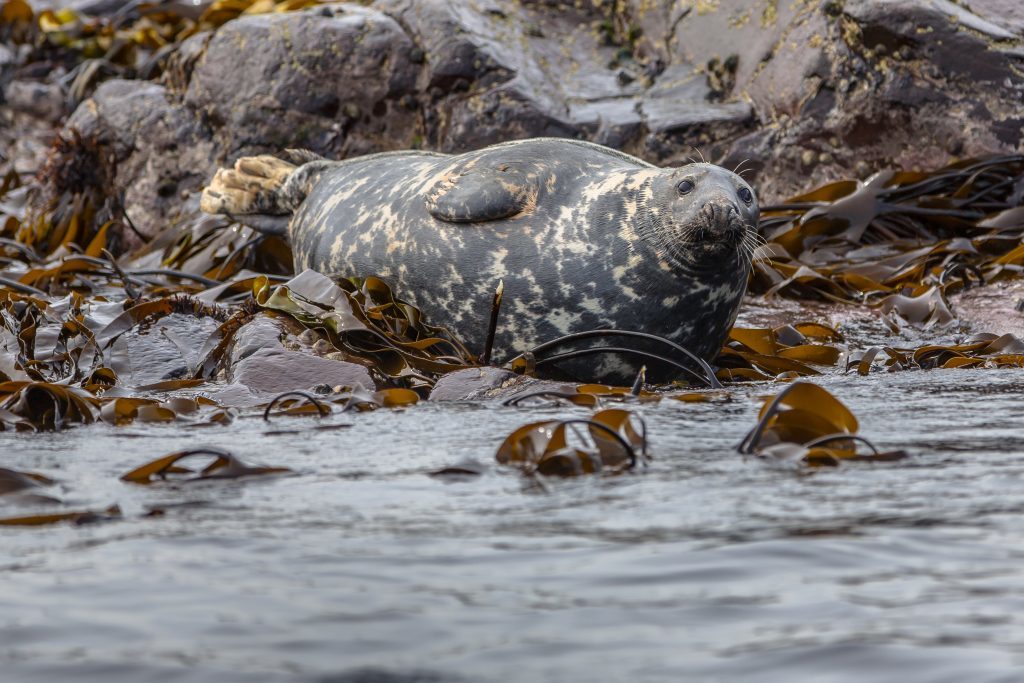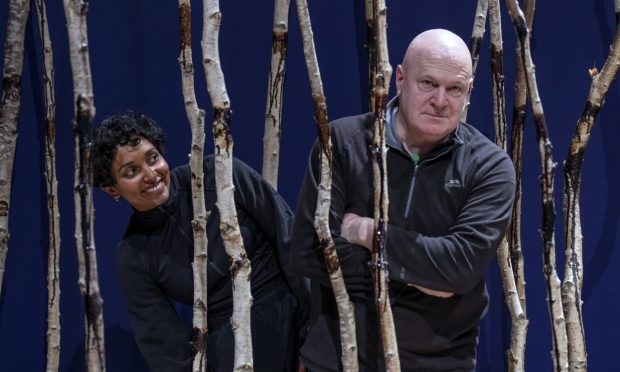l peered over the edge of the quay at Peterhead harbour and the dewy eyes of a female grey seal gazed intently back at me.
Enraptured through mutual curiosity, we stared at each other for a while longer but her interest soon waned and she gently slipped below the surface, leaving hardly a ripple in her wake.
As I looked around the harbour basin, several other seal heads bobbed about, so I started to count them and there were many more than I first thought, perhaps 20 animals in all.
This was a real social gathering and these seals were interacting with each other in so many different ways, including short surging chases and swimming together in parallel. There was plenty of time for relaxation too, especially for one seal floating on its back with flippers flailing in the air. I had never seen a seal do that before.
This part of the harbour basin is sandwiched by the whitefish market on one side and landing facilities for the larger mackerel and herring boats on the other. Inevitably, a few fish will spill into the water as the catch is landed, making it a great place for a seal to be. I have been a regular visitor to Peterhead harbour for over 30 years but I had never seen so many seals here before; a reflection, perhaps, of the way our grey seal population has soared in recent decades.
Out in the middle of the basin was a group of eiders and I wondered whether seals ever swipe the occasional duck or gull. Seals are usually regarded as fish eaters but I’m certain they must sometimes take seabirds too, especially since they would seem quite easy to catch by mounting a surprise attack from beneath.
After several years of continual use, my trail-cam recently gave up the ghost, so I acquired a new one and on its first outing videoed a rather unusual creature. I had set the camera by a small watery ditch in Strathdevon in the hope of filming either water voles or water shrews. But when I retrieved the trail-cam a week later, the video featured a most comical looking bird strutting along the bed of the ditch.
It was a water rail, a relative of the moorhen but with a longer bill and greyish-blue barred plumage. Why the surprise? Well, I reckon I can count on the fingers of one hand the number of times I’ve seen a water rail in my life. They are the most secretive of birds, spending their time lurking in thick reedbeds or inaccessible bogs and marshes.
I imagine water rails are more common than we think; it’s just that we don’t ever see them because of their reclusive nature. My video recording would seem to confirm that conclusion – and makes me wonder what other creatures unbeknownst to me live in the fields, woods and ditches of Strathdevon.
Info
When visiting our east coast harbours, look out for glaucous and Iceland gulls – rare winter visitors from the north that look a bit like herring gulls, but have pale rather than black wing tips.











